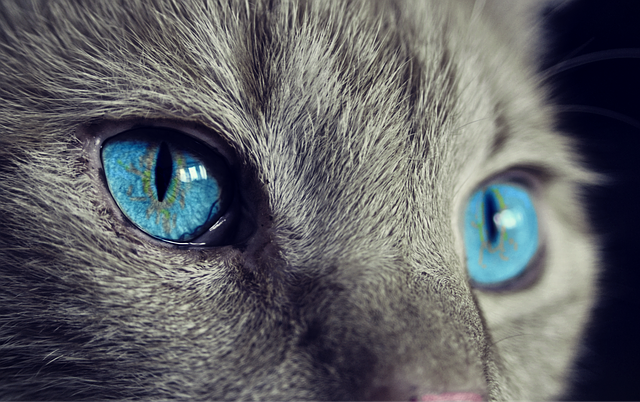Eye Infections in Cats and Kittens – Symptoms and Treatment
What you should know about eye infections in cats and kittens
Sight plays an important role in the life of every feline, and for good reason, too. Sure, they also rely on their sense of smell and their sense of hearing, but sight is important especially for outdoor felines that hunt at night. If you’ve ended up here, you might have the suspicion that your
Kitten eye infections can be mistaken by irritations and inflammations and the other way around, and this applies to adults, too. Let’s look at several things that you should know before rushing to the vet — and by this, we don’t mean to imply that you shouldn’t take your pet to the vet clinic every time you suspect that something is wrong.
What causes eye infections in cats?
Some of the common culprits for eye infections in cats and kittens are the following:
- Bacteria
- Viruses
- External and internal parasites
- Fungal infections
- Allergies
It’s very hard to tell which one of these is at the root of the problem if you don’t take your
Kittens are more exposed to eye infections, and sometimes, these can be transmitted from the mother to the little ones. Unhygienic living circumstances can be a contributing factor, as well.
Symptoms and types
As you might expect, the clinical signs of any disease largely depend on the organ affected, and also on the specific component of that organ that doesn’t function properly. It can be hard to read about the anatomy of the eye if you have no medical knowledge or you just don’t have enough experience to understand the jargon. In this section, we’ll try our best to describe some of the common types of eye infections that affect cats, and we’ll try to keep it as simple as possible so that you can understand what we mean.
Conjunctivitis
Both humans and animals can suffer from this type of infection. Known as pink eye, conjunctivitis can affect one or both eyes or can begin in one and then be transmitted to the other. While the inflammation can endanger your
Because it affects a somewhat external component of the eye, usually conjunctivitis can be treated with ease. Once it is diagnosed, your vet is likely to prescribe
Cataracts
The symptom that characterizes this eye problem consists of clouding or fading. While it can be caused by an infection, it can be seen among senior cats, and also among senior humans. You’ll be happy to know that there are some types of medication that could slow down the progress, but many times, this disease has no
Third eye
Humans don’t have a third eye (or the third eyelid), but cats and dogs do. In cats, it’s mostly discernible when your
That specific layer can be affected by an infection – it’s prone to anything from bacteria to viruses, and unfortunately, some types of cancer can also develop in that location.
Aside from the situation we’ve described where your
Glaucoma
Another eye infection characterized by cloudiness, glaucoma is considered an emergency as it is basically caused by an increase in blood pressure in the eyeball. It can be the outcome of a tumor, infection, inflammatory disorders, as well as trauma.
Some of the symptoms you can notice range from redness and pain to the typical cloudiness also encountered in cataracts, but usually, glaucoma has a manifestation where you actually notice that one of your
Because hyper-acute and acute forms of glaucoma can actually put your
FHV-1 (Feline Herpesvirus)
One disease for which you’ll never going to be able to find a
It is highly recommended that you vaccinate your
Feline Herpesvirus affects a
Some of the
General symptoms
If you have no idea what part of your
- Eye discharge
- Redness in and around the eyes
- A tendency to clean the eyes over and over again
- Itchiness
- Any modification pertaining to the size of the eye (when compared to the other)
- Problematic vision
Diagnosis and treatment
As you might expect, treating a
Depending on its severity, the nature of the infectious agent that has caused the disease, as well as its symptoms and for how long it’s been progressing, a
Cat eye infection treatment at home
You might be disappointed to know that there isn’t a wide range of
Using
The bottom line
The truth is that eye infections can be caused by a variety of germs from bacteria and viruses to fungi, but also by allergies that trigger inflammation and lower your
We hope that this article has been useful. Leave your comments below if you’ve had to deal with a
If you liked reading this post, maybe you’d like to find out whether your






